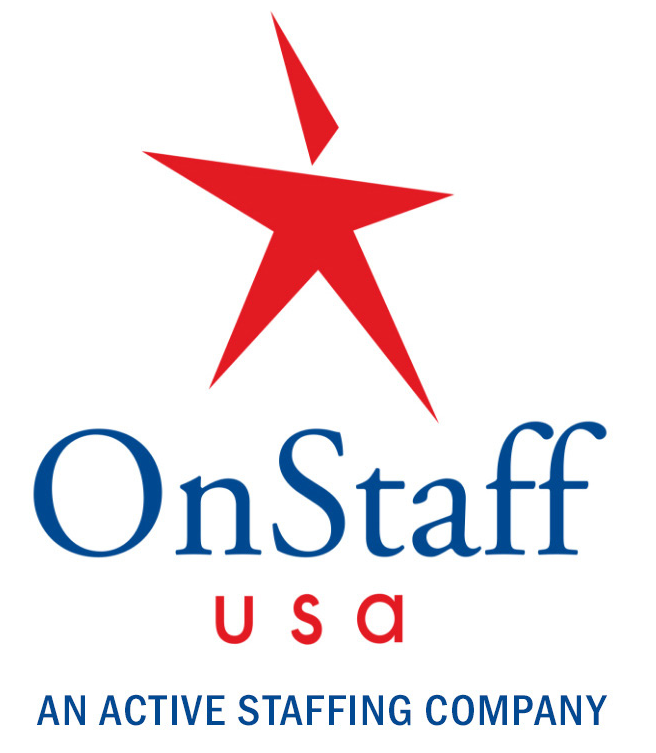
You Can’t Have Great Customer Experience Without Great Employee Experience
By Megan Burns
Companies are investing millions to improve customer experience (CX). They think it’s the best way (sometimes the only way) to attract and retain customers in a competitive market. But I’ve worked with hundreds of CX teams over the last 12 years and noticed a problem – HR is rarely part of the conversation.
You can’t have great customer experience without great employee experience (EX), at least not for long. There’s a reason the brands people love to buy from – USAA, Wegman’s, Salesforce, Southwest – are the same ones they love to work for. As restaurant mogul Danny Meyer says: “You can’t expect people to care for others if they don’t feel cared for themselves.”
Donna Morris, who became Adobe’s EVP of Customer and Employee Experience in 2015, echoed this sentiment, saying: “Empathy is…so important in all relationships…Whether it be with a customer or an employee, the reality is we’re all people who want to connect.” And research shows that people are more loyal as workers and customers when they feel valued by an organization.
From a practical perspective, Morris also points out that, “you can’t live out a different brand with customers from the employment brand.” Google searches display Glassdoor ratings next to product details, whether you want them to or not. And according to The Muse, 43% of people who have a negative candidate experience sever their business ties with the offending company.
We’re starting to see CX and EX come together in more formal ways, like Marriott naming organizational psychologist Adam Malamut as its first chief customer experience officer and Airbnb renaming its CHRO role to be “chief employee experience officer.” But you don’t need a title to build a bridge between HR and CX in your organization. Just find and reach out to your company’s CX team. Most report into marketing, business units, or operations. Or just email me. CX is still a fairly small, close-knit community, so I may be able to help you find the right people.
Once you make the connection, sit down with them to review plans, priorities, and metrics. I guarantee they’ll overlap. Here are a few places where CX and HR most commonly join forces:
-
Employee feedback. Software company Verint Systems wanted to know what employees thought of the way it treats customers, so CX and HR partnered to do an employee survey on the topic. HR led the design and fielding, while CX led analysis of the survey results and incorporated the findings into its experience improvement roadmap.
-
Recruiting. The CX team at Tiffany’s helped redesign the way store security guards get hired and trained so customers feel as welcomed and protected as the expensive merchandise. Guards are the first and last people customers interact with and, since the changes, have become the people most called out for praise in customer feedback.
-
Compensation. Oracle adjusted the way its sales teams get paid to include customer referencability as a key measure of success. The company wanted to emphasize that how you sell – the customer experience – matters at least as much as, if not more than, how much you sell in a given quarter or year.
-
Communication. Customer service reps are often ill-prepared to answer questions about a new product, so one company asked the engineers who design things to record training videos specifically for this group. Fewer things get lost in translation when experts explain in their own words how things are supposed to work and why. The videos also helped build rapport between groups who might otherwise never meet. Suddenly “engineers” were real people, not just characters in a Dilbert cartoon.
-
Empathy. I witnessed firsthand how the process of mapping customer journeys can also boost employee morale. Clients often invite front-line staff to be part of workshops where we spell out, in detail, the frustrating rules, hoops, and workarounds we have to fight through to resolve customer issues. Some attendees are leery at first – how honest can they really be? But that fades quickly, and when executives come to see our maps at the end of the day, employees often feel heard in a way they never have before.
As these examples show, CX and HR leaders are working toward the same goal – a culture where people are seen as human beings instead of “assets,” “consumers,” or “users.” We’re making progress on both fronts, but it’s slower than anyone would like. Let’s combine our expertise, resources, and passion on a larger scale to make change happen even faster.
This article was reprinted with permission from Globoforce, a leading provider of social recognition solutions, trusted by some of the most admired companies in the world to inspire and energize employees and create best places to work. Through award-winning SaaS technology and proven methodologies, Globoforce empowers HR and business leaders to take a modern, more strategic approach to recognition programs.
Megan Burns is a speaker, writer, and executive coach who helps leaders find practical, sustainable ways to change company habits so their customer experience doesn’t just get better, it stays better.
